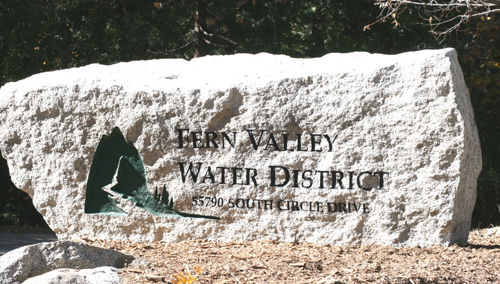Editor’s note: There are 10 propositions on the Nov. 5 Presidential Election ballot. Props 2 and 4 are requesting approval for the State to issue $20 billion in new bonds. Prop 2 funds are for education facilities, such K–12 public schools (including charter schools) and community colleges. Proceeds authorized by Prop 4 would go toward water, wildfire prevention, and protection of communities and lands. Both Props are described in this issue of the Town Crier.
Proposition 2
The primary purpose of Prop 2 is authorization of an additional $10 billion in State bonds. The money would be used for repair, upgrade, and construction of facilities at K–12 public schools (including charter schools) and community colleges. Some new facilities can be funded if they are for improvement of school health and safety conditions at existing facilities or classroom upgrades (e.g., science, engineering, transitional kindergarten, and vocational classrooms).
Prop 2 also expands eligibility for financial hardship grants for small and disadvantaged school districts as well as providing a higher percentage of state matching funds to schools demonstrating the greatest need.
Current process
According to The Voter’s Information Guide, “For public school districts, the state usually pays 50 percent of the cost of new construction projects and 60 percent of the cost of renovation projects. School districts are expected to pay the remaining project costs using local funds. The state also often shares the cost of new construction and renovation projects with community college districts.”
Both the State and local districts rely on bond funding to pay their share of these construction costs.
Use of funds
Of the $10 billion in bonds, which approval Prop 2 would authorize, $8.5 billion would be for local school districts and the remaining $1.5 billion would be available for community college districts.
Nearly half ($4 billion) of the funding for local schools will be distributed for renovation of existing buildings, $3.3 billion will be available for new construction (including purchase of land), and $600,000 for both career technical education facilities and charter schools.
For school districts that have lower financial capability and greater educational needs, Prop 2 will offer more funding. Prop 2 would increase the State’s share of new construction project costs from 50 % to as much as 55 % and the state’s share of renovation project costs from 60 % to as much as 65 % for school districts that have lower assessed property values. The second criterion is having a greater proportion of students who are low income, English learners, or foster youth.
Fiscal Effects
According to the Legislative Analyst’s Office, the State budget would increase by $500 million for the next 35 years to pay off these bonds, which is less than one-half of one percent of the total General Fund. Payments would be made from the state General Fund
Supporters
The essence of the argument in favor of Prop 2 is that many schools are old, need repairs and improvements. Addressing these problems will improve students’ educational environment, which will help prepare them for their futures.
Opponents
Those opposed agree that school facilities need repairs and upgrades. Their dispute comes from the source of funds to meet these purposes. Since the construction is high priority, they argue that it should be a part of the annual state budget rather than funded through bonds.
An example of a program, which is funded in the budget, that the opponents believe takes funding from school construction is the universal illegal immigrant healthcare program.
Other opponents such as the Howard Jarvis Taxpayers Association argue that the repayment of these bonds will increase the State budget for a generation.
Campaign finances
The “Yes” on Prop 2 committee had no funding as of June 30, but since then contributions have totaled $4.4 million. Since Sept. 21, the PAC has received another $750,000.
The California Teachers’ Association gave $1.5 million, and the California Building Industry gave $1 million. There are two other “Yes on Prop 2” Political Action Committees, which transferred $1.4 million to this PAC.
Poll result
Prop 13, in 2020, was a $15 billion school bond measure which failed. Nearly 53% of voters, chose “No.”
In a September poll, the Public Policy Institute of California found that 54% of all likely voters support Prop 2. A vast majority of Democrats and younger voters were for it. As income levels increase support declined. According to the poll, 56% of the Inland Empire voters were for it. The largest percentage of any of the regions polled.





